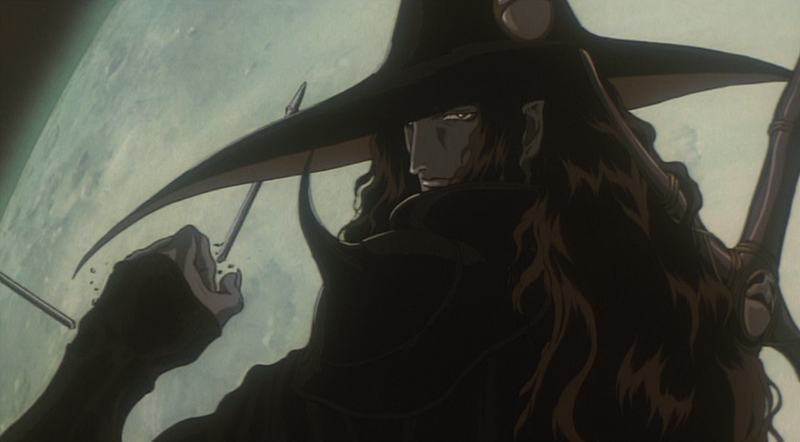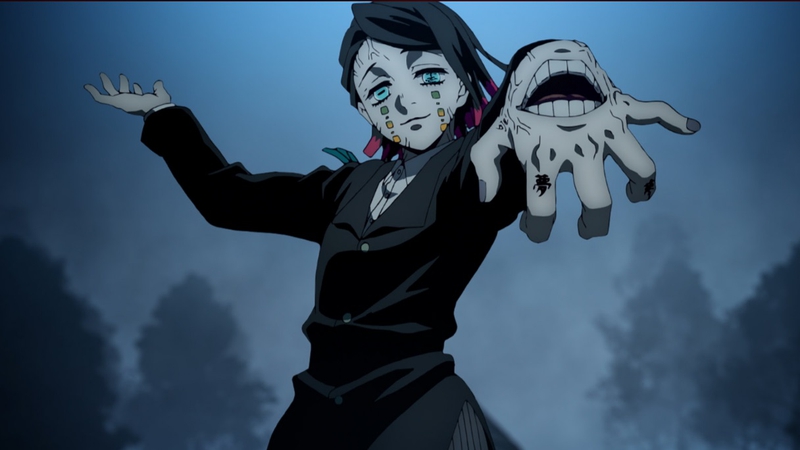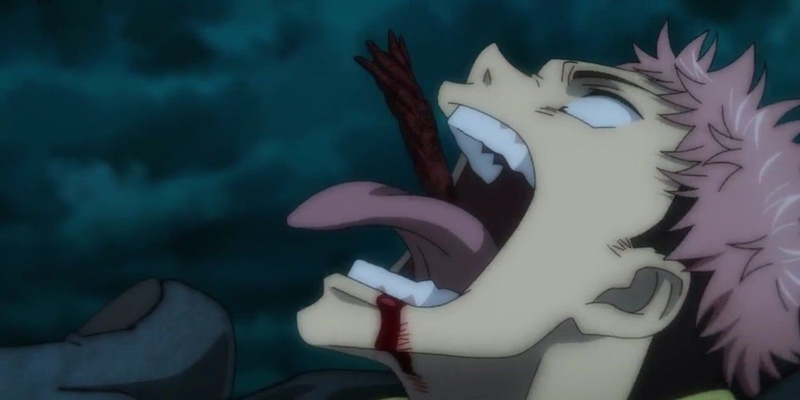In 2013, at a time when Game of Thrones and The Walking Dead were at the height of their popularity, an action shōnen anime titled Attack on Titan premiered and rocked the anime world to its core, skyrocketing in popularity and breaking into the mainstream. Audiences who vaguely knew the name Naturo were suddenly watching this show. It is not hard to see the mainstream appeal, with a European-looking setting, an apocalyptic story placing humanity at the brink of annihilation, plenty of shock and horror, as well as enough character deaths to rival the aforementioned live-action shows. Attack on Titan, in some ways, feels like the culmination of a trend long in the making: action anime using horror imagery and tropes to enhance the sense of danger, and becoming hugely successful. Though anime shows had certainly become big pop culture staples in the past, the trend of horror-action anime from the past few years has helped anime break into the mainstream one spooky creature at a time.

Horror and animation have a long shared history, from Walt Disney's Silly Symphonies and the works of the Fleischer brothers, to Japanese anime like GeGeGe no Kitarō. More often than not, horror was boiled down to using the supernatural as a catch-all for ghouls that the hero could pummel each episode. Sure, YuYu Hakusho, and Bleach, or even Vampire Hunter D deal with supernatural elements, but these are used primarily for superficial flavor in stories that follow established formulas where the hero never loses. This makes horror difficult since no one is ever truly in danger. During the mid-'00s, shows like Death Note or Monster sustained long-form thrilling stories of serial killers with cat and mouse suspense as they avoided capture and continued their killing sprees. They scared neither the audience nor the characters, but used suspense and dark imagery to sustain the tension.
However, what makes a show like Attack on Titan, or more recently Demon Slayer and Jujutsu Kaisen unique is that they follow the formula of winning shōnen anime (shows aimed primarily at teenage boys) to a T and then apply it to the horror genre. They have hotheaded protagonists with a burning determination, friendships that aid the hero in their quest, a set of powers that they can train to enhance, and a sense of optimism despite huge adversities. Both Demon Slayer and Jujutsu Kaisen began as manga in the popular Shōnen Jump magazine, which has a very strict and established formula resulting in many successful series such as One Piece, My Hero Academia, Naruto, and Hunter x Hunter.

When the tried and tested formula is applied to a horror setting, wide-eyed, innocent teenage protagonists can be mercilessly killed in the first few episodes, tragedy and gore are as common as the flu, and power-ups aren't simply achieved through training, but rather they are paid for dearly in permanent injuries and scars which the hero carries for the rest of the story. The villains aren't cartoonish but menacing and threatening. When we first meet Eren in Attack on Titan or Tanjiro in Demon Slayer, they are stereotypical kids with big dreams and loving friends and family. They know they live in a dangerous world, but for them, that's all very distant until the first episode brings tragedy home and completely shatters their illusions.

Eren discovers that the world is cruel, good people can die for no reason, and victories come with horrific casualties. Tanjiro sees time and time again that sometimes the heroes simply don't win, the villain gets away, and nothing can be done about it. From the get-go, the shows place our idealist shōnen protagonists in situations where victory seems impossible. The audience may think the main characters cannot die; they can. Even if they survive, the show throws enough danger and death at them that it feels anything could happen. If the protagonist genuinely feels afraid and in an impossible situation, the audience believes they may be defeated and die gruesome deaths.

Speaking of gruesome, these three shows deal with enough nightmarish imagery and gore to satisfy even hardcore horror fans. Take Jujutsu Kaisen, a show that dives into everything from body horror to cosmic horror, with a protagonist that levels up by literally swallowing the grotesque fingers of a dead demon and is under constant threat of having their body taken over by said demon, forcing his own friends to execute him. Though the show still relies on fight scenes, battle tournaments, and training arcs to carry the story, every episode is filled with grotesque creatures and unsettling imagery not played for laughs, but to make your skin crawl — while still finding moments of levity and goofiness typical of shōnen anime.
With Demon Slayer returning for season 2, Attack on Titan taking a bow with its final season, and new popular horror shōnen manga getting anime adaptations like Chainsaw Man, there has never been a better time to be an anime and horror fan.
Demon Slayer Entertainment District Arc episode 2 will be available December 12, 2021.






